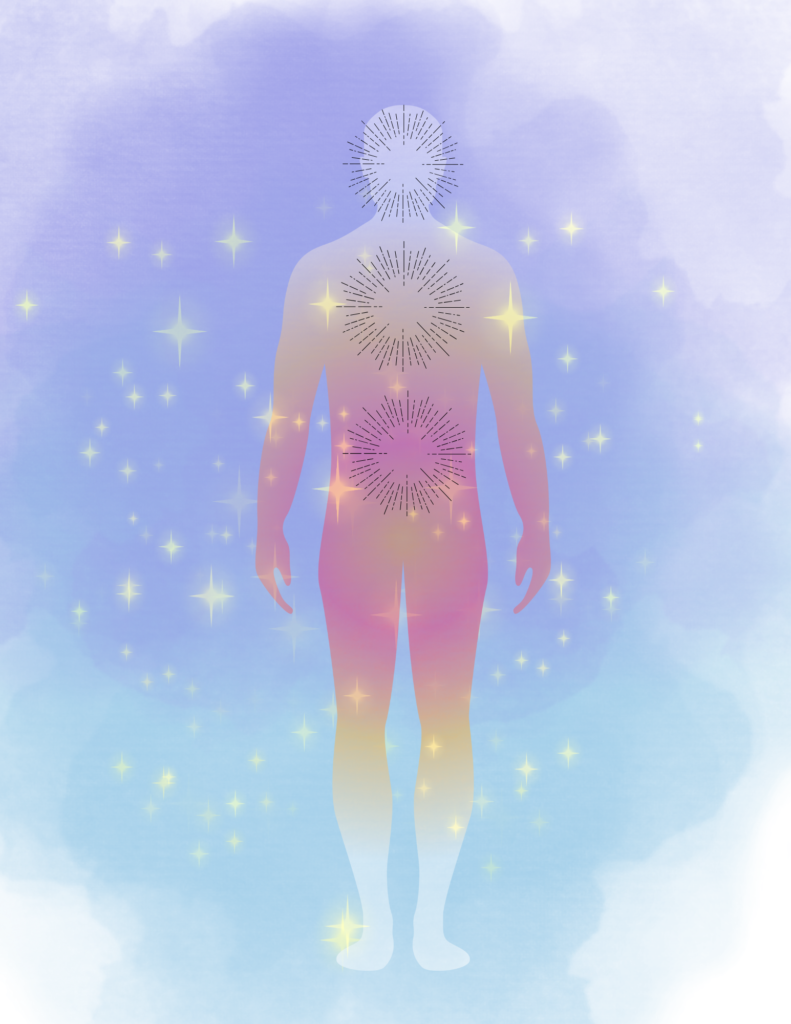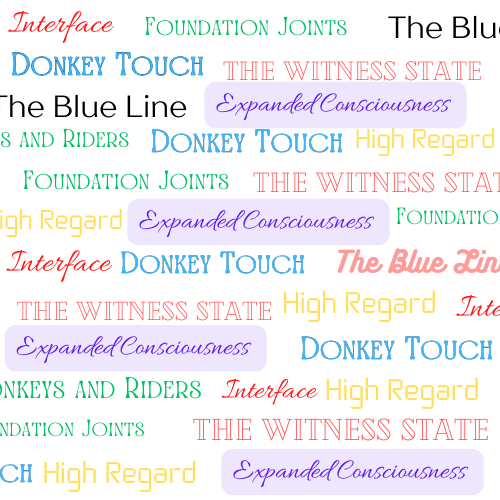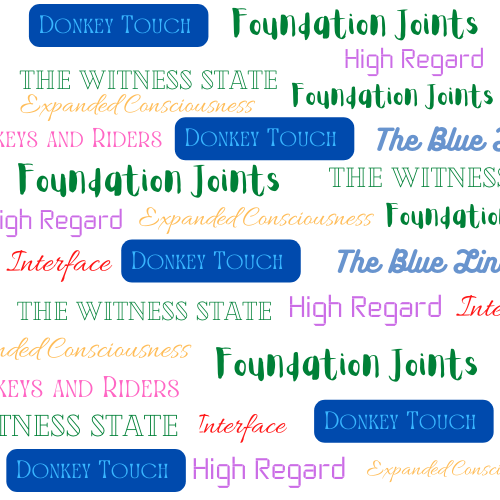
These are turbulent times. Dr. Fritz Smith, developer of Zero Balancing, sometimes talked about finding stability in chaos in this way…when the waters get choppy, stay low in the boat. One way to stay grounded and stable is to apply the ZB principles of fulcrums and working states, viewing world events as fulcrums and the aftermath as working states. The pandemic, October 7, 2023, the upcoming election, multiple wildfires and hurricanes, all macrocosmic fulcrums affecting the global field and through it, the microcosm of our daily lives. We are all in a working state and have been for quite some time.
As we know, the fulcrum is our working tool in ZB. A fulcrum creates an opportunity for movement, in much the same way a stationary board becomes a lever by placing it on a fulcrum. And we also know that when we place a fulcrum and hold it for a few seconds, our client’s system responds by going into motion. Their internal world starts to reorganize and change in response to our stillness. They have gone into a working state. It’s an in-between state; a transition from patterns that existed before the fulcrum and new patterns yet unformed. Each fulcrum, working state and new pattern are part of an organic, holistic process that naturally moves the client toward a higher state of health.
Outside the context of a Zero Balancing session, a new job, moving house, getting married, a pandemic, loss of a loved one, a national election, all these life experiences can be viewed as fulcrums. They are catalysts creating change and the experience that follows is a working state. In some instances we placed the fulcrum into our own lives and thus have chosen, wittingly or not, the experience of a working state. In other instances we have received the fulcrum and it was not by choice.
Reminding ourselves of the inevitable working state that follows a fulcrum can provide context, understanding, and guidance. We can reframe our experience. We have entered a working state. We know this in-between state is inherently unstable. From this perspective, it’s normal to feel stressed, challenged or uncomfortable, sometimes extremely so. And in recent years, we have experienced fulcrum after fulcrum after fulcrum, amplifying the instability.
Recognition of the working state can be the first step in finding some stability in the chaos. We have named the discomfort and realize it is inevitable. Feeling at ease and stress free is likely not on the menu, like wishing for lasagne at a Chinese restaurant. With the world in a working state, the task becomes figuring out how we can best to ride the wave, tolerate the discomfort, and manage both the archetypal and personal stress. We seek ways to feel more stable while understanding that things will remain in motion until the new pattern emerges. We surrender. The stress is a typical, if uncomfortable, response to instability in the outer world. It may not feel easy and it may feel easier!
Naming the working state can provide a potent reframe for our clients as well. Reports of anxiety in response to world events is common in my treatment room, as I suspect it’s common in yours. Sharing the perspective of these ZB principles can be inordinately helpful, especially followed by a ZB session, which will organize our clients’ fields as well as our own, helping us all to feel more grounded and stable.









